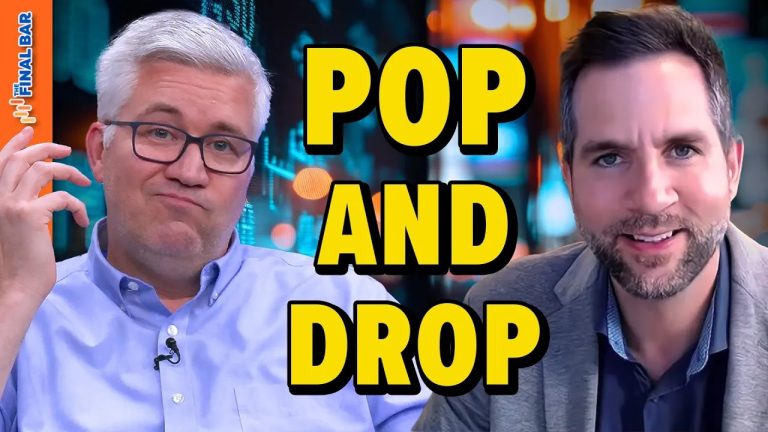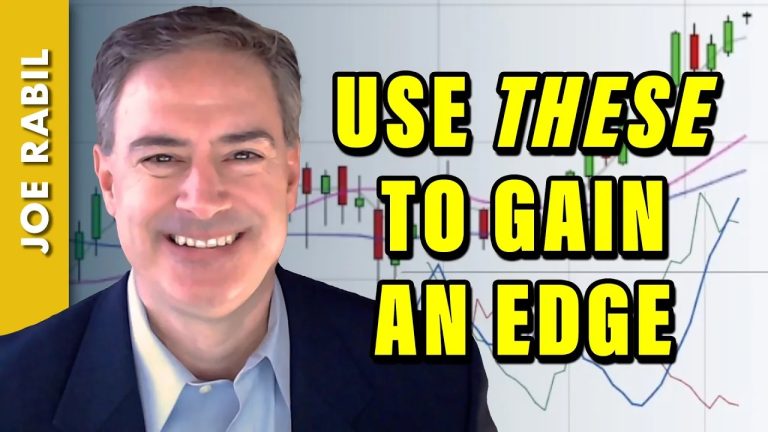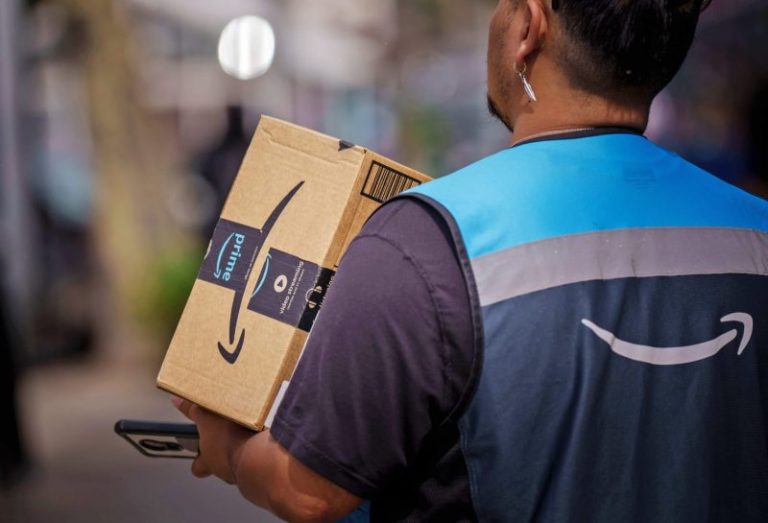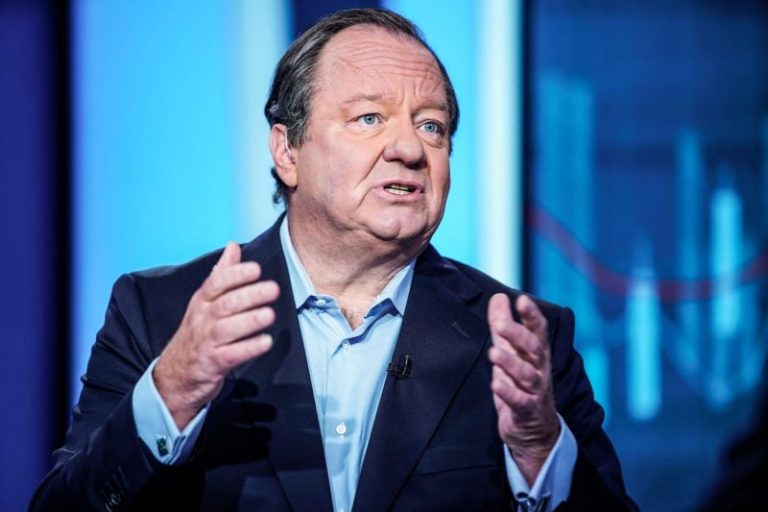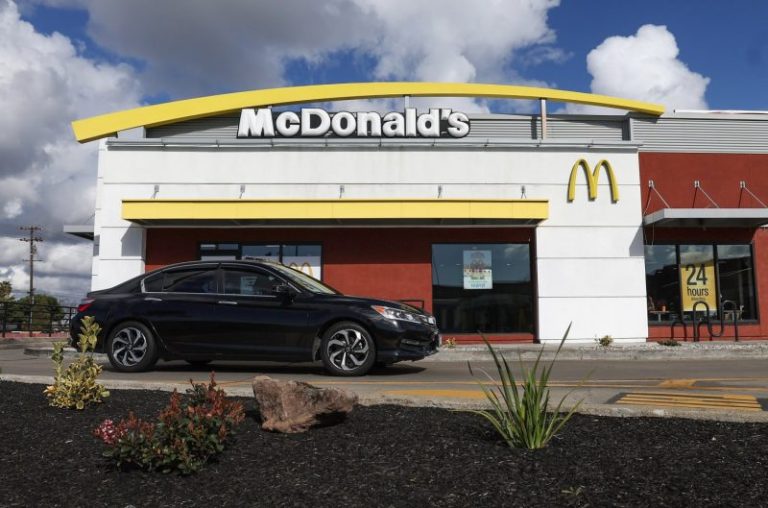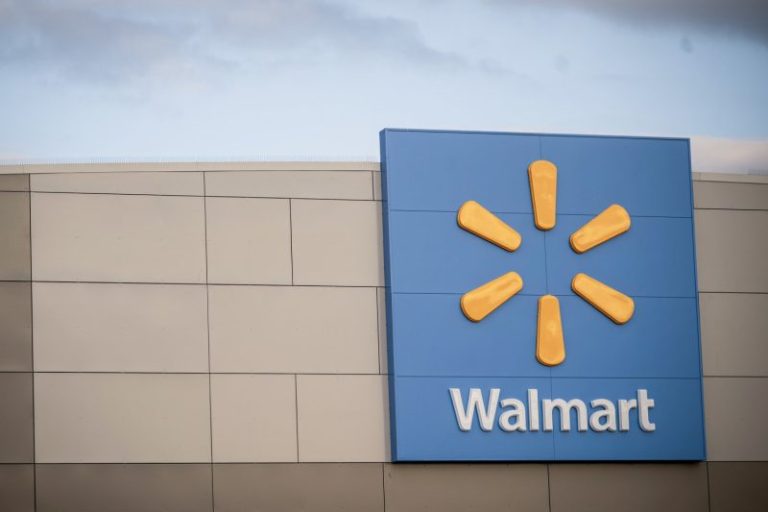Since retiring two years ago, Joan Harris has upped her travel game.
Once or twice a year, she visits her two adult children in different states. She’s planning multiple other trips, including to a science fiction convention in Scotland and a Disney cruise soon after that, along with a trip next year to neolithic sites in Great Britain.
“I really have more money to spend now than when I was working,” said Harris, 64, an engineer who worked 29 years for the federal government and lives in Albuquerque, New Mexico.
Back then, she and her now-ex-husband were paying for their children’s college educations and piling money into savings accounts. Now, she’s splurging a bit and, for the first time, is willing to pay for first-class plane tickets. She plans to fly business class to Scotland and has arranged for a higher-level suite on the cruise.
“I suddenly realized, with my dad getting old and my mom dying, it’s like, ‘No, you can’t take it with you,’ ” she said. “I could become incapacitated to the point where I couldn’t enjoy something like going to Scotland or going on a cruise. So I better do it, right?”
Older Americans like Harris are fueling a sustained boost to the U.S. economy. Benefiting from outsize gains in the stock and housing markets over the past several years, they are accounting for a larger share of consumer spending — the principal driver of economic growth — than ever before.
And much of their spending is going toward higher-priced services like travel, health care and entertainment, putting further upward pressure on those prices — and on inflation. Such spending is relatively immune to the Federal Reserve’s push to slow growth and tame inflation through higher borrowing rates, because it rarely requires borrowing.
Affluent older Americans, if they own government bonds, may even be benefiting from the Fed’s rate hikes. Those hikes have led to higher bond yields, generating more income for those who own such bonds.
The so-called “wealth effect,” whereby rising home and stock values give people confidence to increase their spending, is a big reason why the economy has defied expectations of a sharp slowdown. Its unexpected strength, which is contributing to stickier inflation, has forced a shift in the Fed’s plans.
As recently as March, the Fed’s policymakers had projected that they would cut their benchmark rate three times this year. Since then, though, inflation measures have remained uncomfortably high, partly a consequence of brisk consumer spending. Chair Jerome Powell made clear recently that the Fed isn’t confident enough that inflation is sustainably easing to cut rates.
When the Fed meets this week, it is sure to keep its benchmark rate unchanged at a 23-year high, the result of 11 rate hikes. The Fed’s hikes have forced up borrowing costs across the economy — for everything from home and auto loans to credit cards and business loans.
Even as the Fed has jacked up borrowing costs, stock and home values have kept rising, enlarging the net worth of affluent households. Consider that household wealth grew by an average of 5.5% a year in the decade after the 2008-2009 Great Recession but that since 2018, it’s accelerated to nearly 9%.
Stock prices, as measured by the S&P 500 index, are about 72% higher than they were five years ago. Home values soared 58% from the end of 2018 through 2023, according to the Federal Reserve.
All told, Americans’ wealth has ballooned from $98 trillion at the end of 2018 to $147 trillion five years later. Adjusting for inflation, the gains are less dramatic, but still substantial.
“People have had significant wealth gains in stocks, significant wealth gains in fixed income, significant wealth gains in home prices, significant wealth gains even in crypto,” said Torsten Slok, chief economist at the Apollo Group, an asset manager. “All that adds up to still a very significant tailwind.”
The gains are hardly universal. The wealthiest one-tenth of Americans own two-thirds of all household wealth. Still, wealth for the median household — the midpoint between the richest and poorest — rose 37% from 2019 to 2022, the sharpest rise on record since the 1980s according to the Fed, to $193,000.
Wealth is also disproportionately held by older Americans. People ages 55 and over now own nearly three-quarters of all household wealth, up from 68% in 2010, according to the Fed. In percentage terms since the pandemic, household net worth has also surged for younger households. But because younger adults started from a much lower level, their gains haven’t been anywhere near enough to keep pace with older Americans.
“The baby boomers are the richest retiring generation we’ve ever had,” said Edward Yardeni, president of Yardeni Research. “Not everybody is well-off, but we’ve never had a retiring generation with this much wealth. That’s one of the major reasons why the economy is strong.”
That said, many older Americans face significant financial challenges. One-quarter of Americans over age 50 have no retirement savings, according to a survey by the AARP.
Even so, as the huge baby boom generation has aged and, on average, has accumulated more assets, they have accounted for a rising share of consumer spending. Americans ages 65 or over supplied nearly 22% of consumer spending in 2022, the most recent year for which data is available. That’s the highest such figure on records dating to 1989, up from about 16% in 2010.
One result of the Fed’s higher rates has been a kind of bifurcated economy, by age. Older, wealthier Americans who already own homes and cars have been much less affected by the Fed’s rate hikes. By contrast, younger Americans are enduring a combination of expensive home prices and high mortgage rates, making it much harder to buy a first home.
Harris, for one, sees this divide in her own family: Her home and car are paid off, and higher interest rates have had little effect on her finances. She recently visited a home in her neighborhood that she was surprised to see priced at $500,000. She bought hers, which she thinks could fetch a higher price, for $162,000 in 1991.
Her 25-year-old daughter, Ruby, had a vastly different experience during a recent visit to an open house near her boyfriend’s apartment in the Boston area. An older two-bedroom apartment was on sale for $800,000; it sold within a week.
Ruby considers herself fortunate to have a well-paying job as a materials engineer. But that apartment price still seemed astronomical. She loves the area, especially for its walkability, but doubts she’ll ever be able to afford a house there.
“In the long term, it probably won’t be affordable to stay here,” she said. “Whereas the Midwest is more affordable but won’t have the neighborhoods that I like.”
Economists calculate that while the wealth effect generally has a relatively modest effect on spending, it may be larger now. That’s because retirement-age Americans, who are more likely to spend out of their wealth, constitute a larger proportion of the nation: Americans ages 65 and over make up about 17% of the population, up from 13% in 2010. And people with stock holdings can now easily access their account balances online, increasing their awareness of increases in their net worth.
Research by Michael Brown, an economist at Visa and others has also found that significant stock market wealth typically boosts spending on discretionary items such as restaurants, travel and entertainment — sectors of the economy where spending is surging and inflation remains elevated.
The Conference Board, a business research group, asks Americans in its monthly survey of consumer confidence whether they plan an overseas vacation in the next six months. Slok noted that more than one in five households say they are — a record-high proportion on records dating to 1967.
The cruise provider Royal Caribbean just reported blowout earnings and strong demand, “leading to higher pricing for all our key products,” CEO Jason Liberty told investors. “Customer sentiment remains very positive, bolstered by resilient labor markets, wage growth, stabilizing inflation and record-high household net worth.”
Last week, the Fed’s preferred inflation gauge, excluding volatile food and energy costs, rose 2.8% from a year earlier, a sign that inflation remains sticky. Solid consumer spending, particularly on services, was one key factor. In one measure of services inflation that the Fed watches closely, prices climbed 3.5% from a year earlier, far higher than is consistent with its 2% inflation target.
This post appeared first on NBC NEWS


